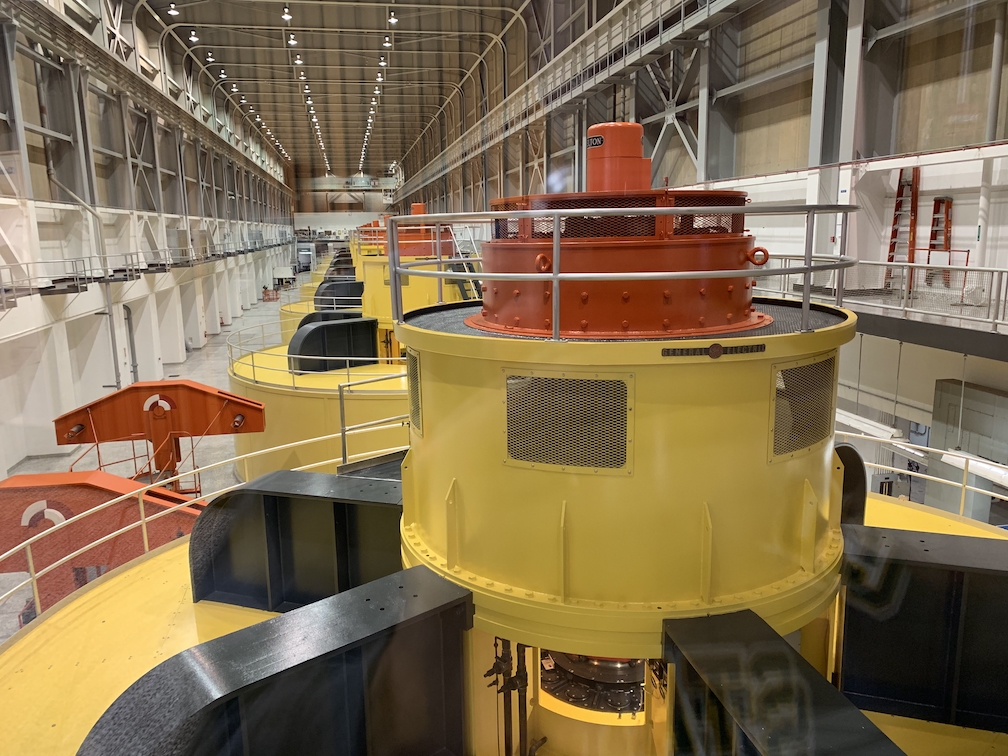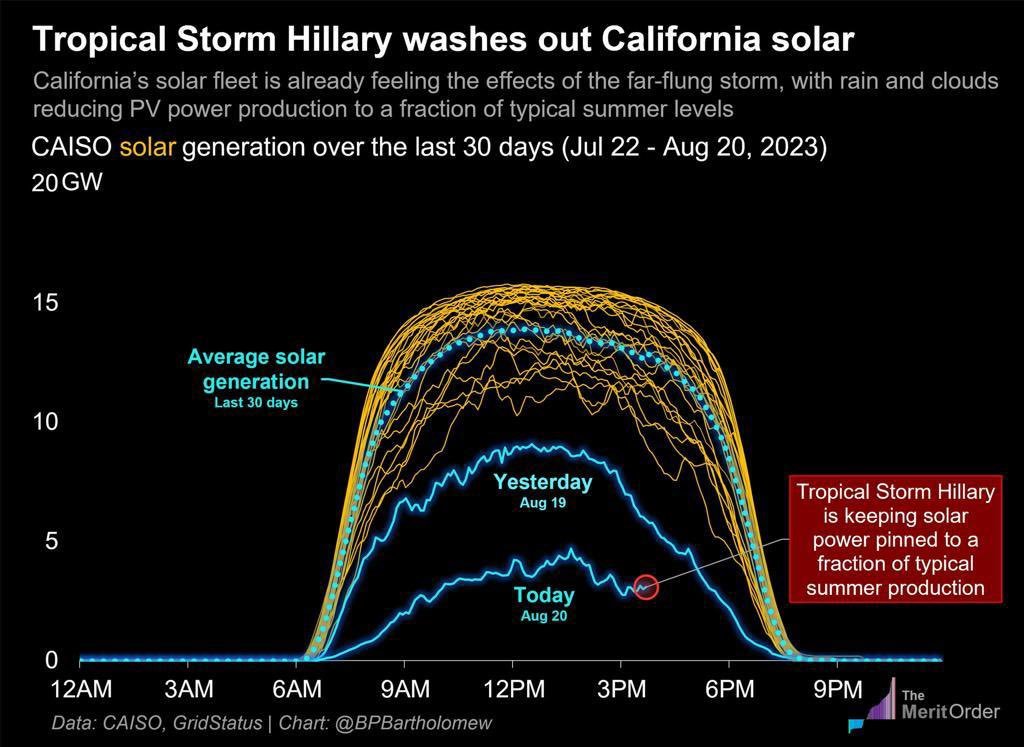posted: August 25, 2023
tl;dr: The hot new game that is sweeping the nation and the globe...
I never thought this would happen. What used to be the least exciting aspect of my Electrical Engineering degree, power engineering, has suddenly become the topic that every pundit wants to opine about as carbon dioxide levels slowly rise. People who have clearly never set foot in a college physics classroom are suddenly claiming they know the best way to a green energy future. Much of what they say is naïve and laughable, yet that doesn’t stop others from believing them.
While at Cornell I took courses that today would result in a Computer Engineering degree, but since it didn’t exist at the time I chose to major in Electrical Engineering (EE). All engineers took at least three semesters of physics, which I enjoyed immensely, one of chemistry, and four of calculus. All EE majors took two semesters of an intensive hands-on lab course known as “Superlab”, where we actually got to build things. That’s where I synchronized and connected a generator to the grid, which can result in death if you do it incorrectly. I’m still here, so I know how to do it.
Beyond college I’ve toured nuclear power plants. I’ve toured both the Hoover Dam and the Glen Canyon Dam, and stood near the massive generators at the bottom. I’ve toured the Bonneville Dam, the last major hydroelectric project built in the U.S., and watched the salmon struggle to navigate upstream through the fish ladder. Decades ago I read The Monkey Wrench Gang by Edward Abbey, so I know the arguments against hydropower, which are sometimes ignored by folks charting their green energy plans. So although I’ve never worked in the power engineering profession, I think it’s fair to say that I know more about it than the average person.

The electrical generators at the bottom of the Glen Canyon Dam
I’m definitely not a fan of burning things, which is the crudest way of generating heat. It’s ancient technology, discovered by prehistoric humans when they first learned to control fire. However fossil fuels, in particular oil and its derivative products, are absolutely necessary for modern life, particularly in the transportation sector and especially in airborne transit. But there are now better ways to generate electricity than by burning things.
What is my preferred path to a green energy future? I still see no fundamental reason to vary from Cornell professor Carl Sagan’s recommendations to Congress in 1985 (advance to the 13:12 point of that YouTube video):
By the way Sagan’s testimony was just six years after the accident at the Three Mile Island nuclear plant, which obviously did not shake his faith in nuclear power. I don’t hold out much hope that fusion will be practical within my lifetime, so there’s one more experimental technology I’d add to Sagan’s list: deep geothermal. Note that one of my energy sources is intermittent (solar, which produces no energy at night) and the others are 24 x 7 x 365, aside from downtime for maintenance and low-probability external events. Solar can provide extra electricity during the day when it is needed for additional demand such as air conditioning and charging EVs. Solar is a natural match for hot, sunny places such as Arizona. Nuclear provides baseline and nighttime power.

Solar power has two sources of intermittency: nighttime and cloudy weather
As I watch others with no background in power engineering play Amateur EE, I see the same mistakes made repeatedly:
Yes, it can be fun to play Amateur EE. But those who know something about power engineering need to be more forceful in getting our views across, in order to create a green power system that is safe, cost effective, and practical.
Related post: The difference between power and energy
Related post: Why I am a windmill skeptic